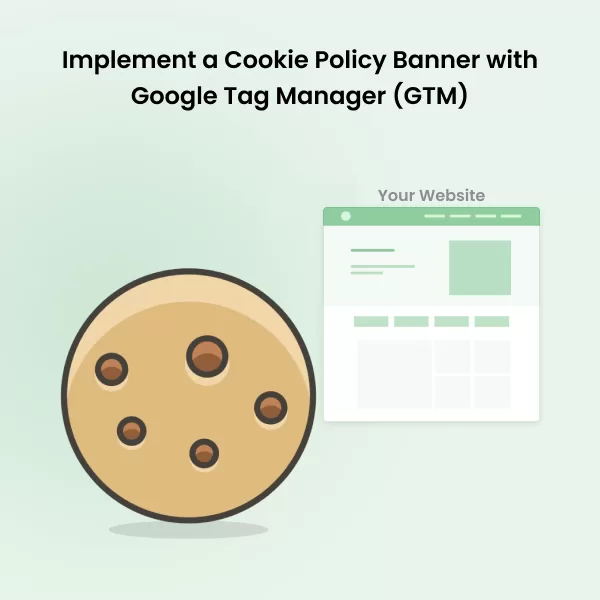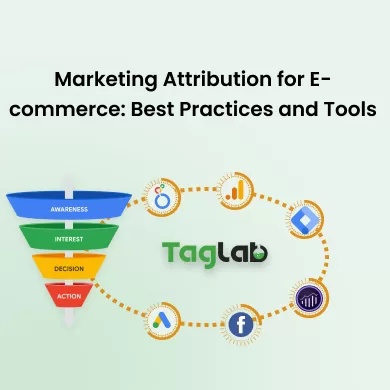Your cart is currently empty!
Web Content
Posted by:
|
On:
|
Web Content refers to the information and media published on a website. It includes text, images, videos, and interactive elements designed to inform, engage, and convert visitors. Effective web content is crucial for attracting and retaining users, improving search engine rankings, and achieving business goals.
Detailed Explanation
Web Content encompasses various elements that contribute to the overall user experience on a website. Here’s a detailed breakdown:
- Text: This includes articles, blog posts, product descriptions, and any other written material on a website. Text should be engaging, relevant, and optimized for both users and search engines.
- Images: Visual content such as photos, illustrations, and infographics help to break up text and make web pages more appealing. Images should be high-quality and relevant to the content.
- Videos: Videos can include tutorials, product demonstrations, customer testimonials, and more. They provide an engaging way to deliver information and can enhance user experience.
- Interactive Elements: These include forms, quizzes, polls, and other features that encourage user interaction. Interactive content can increase engagement and provide valuable insights into user preferences.
- SEO: Web content should be optimized for search engines to improve visibility and attract organic traffic. This includes using relevant keywords, meta descriptions, and alt text for images.
Key Points
- What it is: Web Content is the information and media published on a website designed to engage visitors and achieve specific goals, such as increasing traffic, generating leads, or enhancing brand presence.
- Why it matters: High-quality web content is essential for attracting and retaining visitors, improving search engine rankings, and effectively communicating a brand’s message. It plays a crucial role in user engagement and conversion rates.
- How to create it: To create effective web content, understand your target audience, develop relevant and valuable information, use engaging formats (text, images, videos), and optimize for SEO. Regularly update content to keep it fresh and relevant.
Examples
- Example 1: A company blog featuring articles on industry trends, best practices, and case studies. The content is informative and designed to establish the company as an authority in its field.
- Example 2: An e-commerce website with detailed product descriptions, high-quality images, and customer reviews. The content helps potential buyers make informed purchasing decisions and enhances the user experience.
Related Terms
- Content Marketing
- SEO (Search Engine Optimization)
- Content Strategy
- Website Design
Frequently Asked Questions
What is Web Content?
Web Content refers to the information and media published on a website, including text, images, videos, and interactive elements, designed to engage and inform visitors.
Why is Web Content important?
Web Content is important because it attracts and retains visitors, improves search engine rankings, and helps achieve business objectives by delivering valuable and relevant information.
What types of Web Content are there?
Types of Web Content include text (articles, blog posts), images (photos, infographics), videos (tutorials, product demos), and interactive elements (forms, quizzes). Each type serves a different purpose and engages users in unique ways.
How can I optimize Web Content for SEO?
To optimize Web Content for SEO, use relevant keywords, create engaging and valuable information, write compelling meta descriptions, and include alt text for images. Regularly update content to maintain relevance and improve rankings.
How often should Web Content be updated?
Web Content should be updated regularly to ensure it remains accurate, relevant, and engaging. The frequency of updates depends on the type of content and industry trends. Regular updates help maintain user interest and improve SEO performance.



